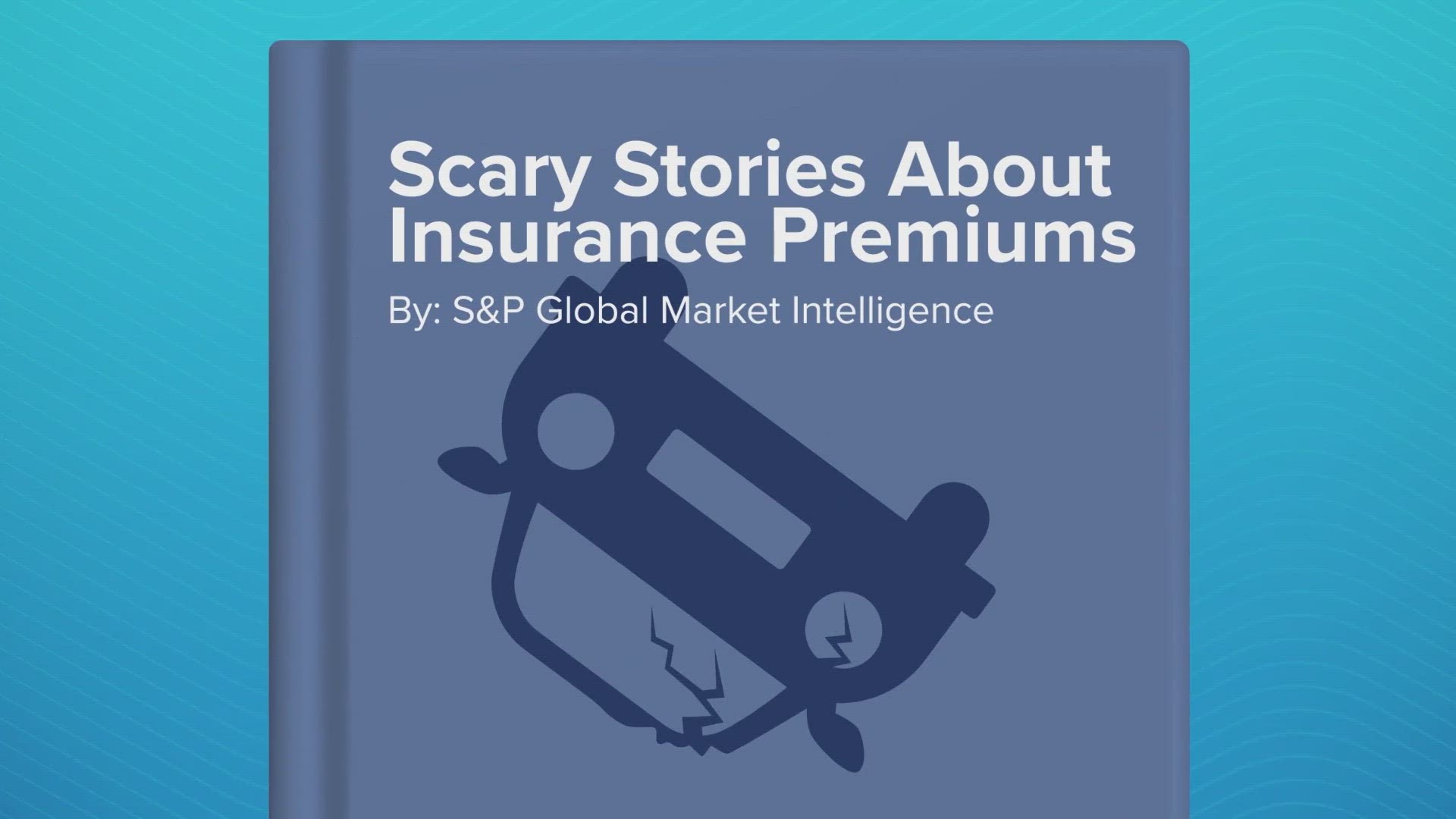DALLAS — Texas is a perilous state. Even if you somehow dodge the hailstorms, the ice storms, the lightning strikes, the fierce winds, the flooding, the wildfires and the crazy drivers, you probably haven’t been able to outrun the other threat: Insurance rate increases.
S&P Global Market Intelligence keeps close tabs on that topic. Some of the headlines haven’t been pretty. The details down in their reports haven’t been, either.
Here’s a snippet about homeowners insurance rates in the fourth quarter of 2022: "Regulators in Texas signed off on 32 rate increase requests during the quarter, which are expected to boost industrywide premiums by $425.5 million, the largest projected increase for any state for the quarter."
Here’s a sampling from last year about Texas auto insurance rates: They wrote that some insurers, "Plan another round of rate hikes that would rank among the Lone Star State's most significant on record."
A lot of rate hike requests in 2023
The increases weren’t limited to 2022. As of this writing, so far this year, there are 96 entries in the state database detailing insurer requests to raise homeowners insurance rates. If you do the math, the average increase requested has been 13.3%.
At this point in the year, there are also 221 entries for increase requests for private auto insurance rates. The average increase requested has been 10.3%.
If you have been hit with an increase (or more than one increase), it has probably made your bills-to-income ratio start to look a little worse.
But, insurers will tell you this is all happening because their equations haven’t looked good either.
Insurers facing increasing expenses
Insurers use what is called a loss ratio, which is the amount of insurance claims and insurance company costs (basically their bills) compared to how much they earn in premiums (which is essentially their main income).
We looked at those numbers using historical data and the figures for 2022. Again, since this is calculating the insurance companies’ losses, a smaller number is considered better for them.
For private auto policies between 2012 and 2020, the overall loss ratio for insurers in this state averaged about 67%. But as car fixes and replacements became more expensive during the pandemic, that loss ratio jumped to almost 74% in 2021 and was at about 70% in 2022.
Those higher numbers mean insurers are making less money.
For homeowners insurance policies, in the period between 2012 and 2020 the overall loss ratio for insurers in Texas was about 59%.
But in 2021 -- which was greatly impacted by the devastating ice storm/electricity blackouts -- the loss ratio jumped to 104%. That year, Texas insurers paid out more than they took in in premiums.
Last year their loss ratio looked much better (about 49%). Yet, we are still seeing those rate increases.
Lowering your insurance costs
It is getting harder to find insurance savings, but you may still be able to cut your costs by shopping around to compare policies, maybe once a year.
Additionally, here are some suggestions on how you might lower your home insurance and auto insurance costs.

